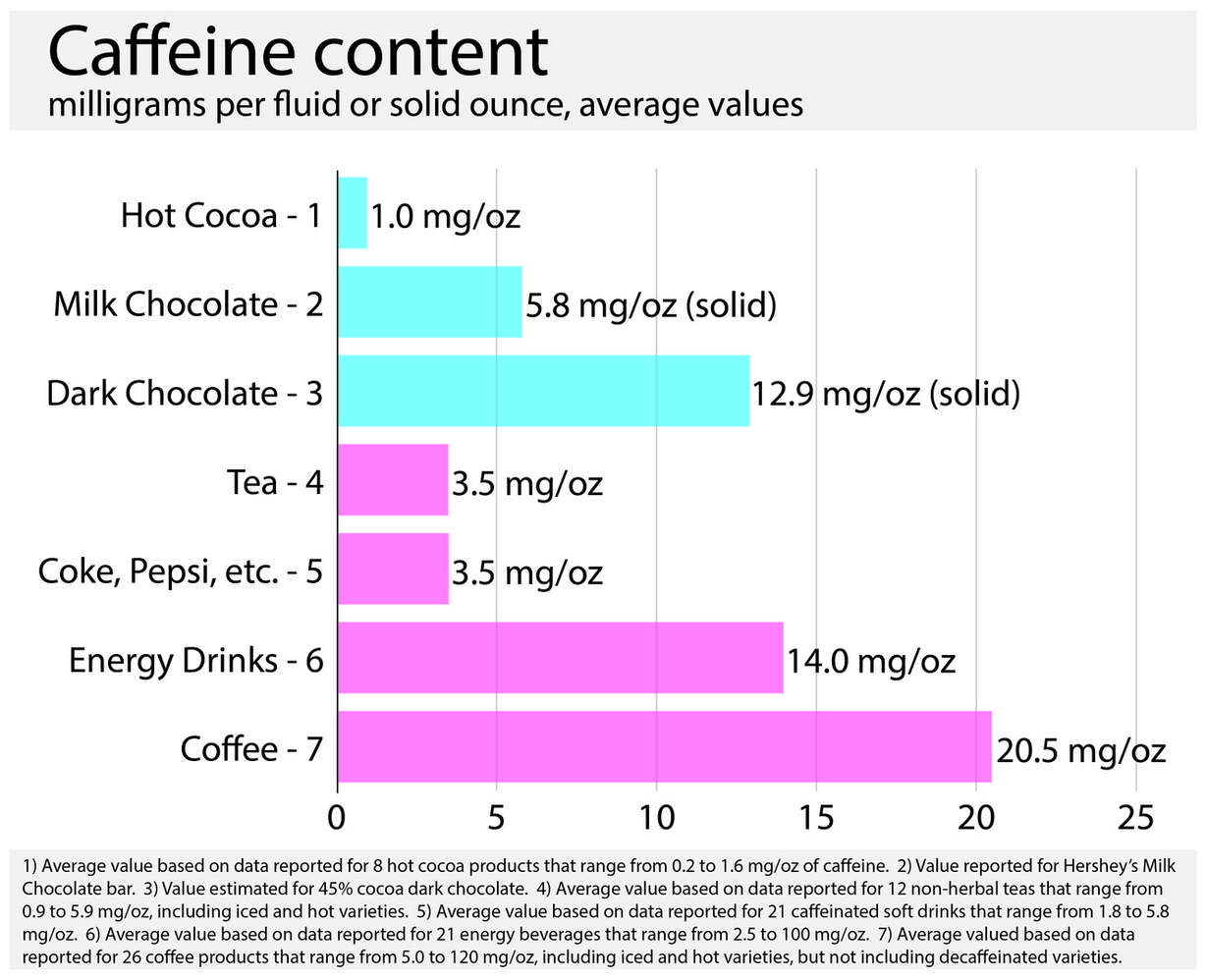Estimated read time: 4-5 minutes
This archived news story is available only for your personal, non-commercial use. Information in the story may be outdated or superseded by additional information. Reading or replaying the story in its archived form does not constitute a republication of the story.
SALT LAKE CITY — As the weather cools off and the holidays approach, chocolate becomes the season's ever-present temptation. So what better time to settle the age-old debate: Does chocolate have caffeine or not?
While some people say chocolate does have caffeine, others contend that it has a similar compound called theobromine. So, who is right?
Actually, both are correct, but both also deserve a bit of an explanation. So grab a mug of hot cocoa and read on.
Caffeine
Indeed, the cocoa bean does have a bit of caffeine in its natural state, but the amount of caffeine varies widely. According to a recent study, raw cocoa beans can be anywhere from 0.2 percent to 0.7 percent caffeine, depending on the cocoa tree and the location where it is grown.
Raw cocoa is roasted, ground and refined to become cocoa powder, and the level of caffeine in the powder also varies depending on the manufacturer. The powder is then mixed with milk, sugar and other ingredients to produce all the classic favorites, including hot cocoa and milk and dark chocolate.
A 6-ounce serving of hot cocoa can have anywhere from 1 to 10 milligrams of caffeine, depending on the product or recipe. A 6-ounce coffee, in comparison, has about 123 milligrams of caffeine.
A simple 1.55-ounce bar of Hershey’s milk chocolate has 9 milligrams of caffeine. Dark chocolate will likely have twice as much caffeine or more, depending on its cocoa content.
Milk chocolate has more caffeine per ounce than tea or caffeinated sodas, and dark chocolate has nearly the same amount of caffeine per ounce as some energy drinks.

Theobromine
Cocoa beans are full of a compound called theobromine, which is named after the cocoa plant (Theobroma cocoa). Chocolate will often have seven to 20 times as much theobromine as caffeine, depending on how dark it is.
To a chemist, theobromine looks a lot like caffeine. They only differ by one carbon atom and a couple incidental hydrogens.

Since caffeine is a stimulant that is psychoactive, it can be addictive. Theobromine is not psychoactive and not classified as an addictive substance. Caffeine tends to raise blood pressure, but theobromine has the opposite effect and is known to relax muscles.
The effects of caffeine are noticed sooner than those of theobromine. After consumption, caffeine levels peak in the bloodstream after 30 to 40 minutes, but theobromine peaks after two to three hours. Of course, the intensity of these effects is entirely dependent on how much is consumed.
Conclusion
Chocolate has a bit of caffeine and a lot of theobromine, but whether or not that affects your mood or drives your holiday cravings depends mostly on how dark it is and much of it you consume. Chocolate is also loaded with sugar and fat, of course, which is enough to make just about any food tempting.
But chocolate is part of our culture and, along with the infamous pumpkin spice and soothing peppermint, it finds communion with our holidays and our best memories.
Robert Lawrence has worked in academic research and public health and now writes about science. He studied biochemistry at the University of Utah and Arizona State University. You can find more of his work at www.robertlawrencephd.com.








